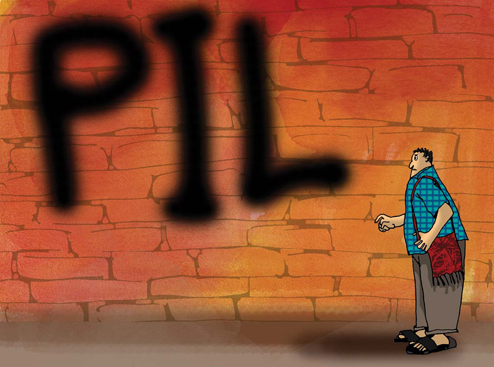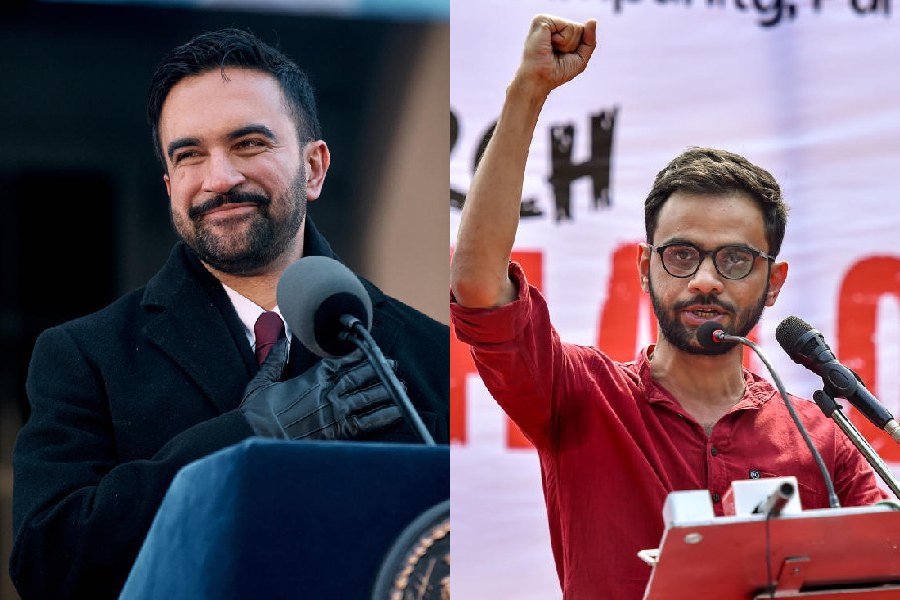
In recent times public interest litigation (PIL) has become the rockstar of India’s legal process — with many high profile cases having come up in the Supreme Court as a result of it. However, there is a growing feeling among the legal community that the original purpose of the PIL as an instrument of social justice has been lost somewhat today. Recently, the Chief Justice of India, H.L. Dattu, said as much while condemning the deluge of PIL cases in the Supreme Court.
A bench of Chief Justice Dattu and Justice Arun Mishra, while dismissing a PIL that sought a probe into a 2009 riot in Maharashtra, said, “The Supreme Court had devised the PIL with a sense of responsibility and the purpose was to allow a representative petition on behalf of a class of people who are unable to approach the apex court for protection of their fundamental rights. Now, there is a PIL immediately after the award of a contract, alleging kickbacks. The PIL was devised to protect a class of people whose poverty does not permit them to approach the court. Now, the class theory has gone for a toss.”
So have PILs really failed to protect the poor and the downtrodden? Senior advocate Adish C. Aggarwala begs to differ. “Public interest litigation continues to be the most potent tool for safeguarding the rights of the underprivileged. It is true that enormous bogus cases are filed in courts, but that does not undermine the efficacy of public interest litigation as an instrument of social justice,” he says.
Article 32 and Article 226 of the Constitution allow the Supreme Court to entertain a petition filed by any interested person for the welfare of the people.
Supreme Court advocate Aman Hingorani, whose mother Kapila Hingorani had filed the first PIL (Hussainara Khatoon vs State of Bihar) in India in 1979 that highlighted the plight of undertrials languishing in Bihar’s jails and subsequently several other landmark PILs such as the Bhagalpur blindings case, too feels that they are an important tool to protect the fundamental rights of the people. “PIL cases have used judicial action to provide relief to millions, whether they be marginalised sections of society or citizens opposing arbitrary state action,” he says.
To be sure, PILs have had a long and distinguished history in India with several leading to landmark judgments. In the Delhi Domestic Working Women’s Forum vs Union of India (1995) case, the Supreme Court issued guidelines for the rehabilitation and compensation of working women who had been raped. In the famous Vishaka vs State of Rajasthan case (1997) the apex court laid down exhaustive guidelines for prevention of sexual harassment of women in the workplace. In the Citizen for Democracy vs State of Assam (1995), the Supreme Court declared that handcuffs and other fetters shall not be forced upon a prisoner while lodged in jail or while being transported from one jail to another or to the court. And earlier this year, the Supreme Court scrapped the draconian Section 66A of the Information Technology Act after a law student filed a PIL against it.
The courts have even set up committees to monitor the working of institutions such as jails and protective homes. Directions have also been issued for the release of bonded labourers, environment protection, prevention of forced labour and child labour and so on. “Hence, the PIL jurisdiction cannot be decried as inefficient or unproductive,” stresses Aggarwala.However, Hingorani concedes that the PIL as an instrument of social justice has been somewhat “blunted” as it
has been extended to cases of environment protection, corruption in public life, police reform and so on.” The original PIL movement seems to have been hijacked somewhat by these essentially middle-class interests,” he says.
Legal experts say the ease with which anyone can file a PIL is one reason for its proliferation and misuse. “Even letters written to the courts are entertained as public interest litigation. Some cases are initiated suo motu (on their own). The charge of a nominal fee of Rs 50 in the Supreme Court is another contributory factor. Also, PIL cases are seldom dismissed summarily, unlike many civil and criminal appeals. This too encourages litigants,” says Hingorani.
As a result, a lot of frivolous PILs are filed. For example, recently there was a PIL which sought to change India’s name to “Bharat”. Similarly, PILs have been filed to rename the Arabian Sea as “Sindhu Sagar,” or to ban practices such as vastu, reiki, feng shui, tarot, palmistry and so on.
Some steps have been taken to minimise the misuse of the PIL mechanism. In 2010, the Supreme Court set up a cell to scrutinise letters or petitions to see if they really qualify as PILs.
“The reason PILs have been successful in the UK or the US is that they are severely scrutinised at the early stages. We need to establish a better mechanism to make it useful,” says Supreme Court lawyer Vijay S.T. Shankar Dass.
That said, not everyone feels that PILs are being filed in disproportionate numbers. Sudhir Krishnaswamy of the Centre for Law and Policy Research, Bangalore, says PILs constitute less than one per cent of the apex court’s workload. Colin Gonsalves, senior Supreme Court lawyer, too feels there is no undue increase in PILs. On the contrary, he points out, governments and corporations account for 50 per cent of unnecessary litigation in the courts.
But others such as Shobha Aggarwal of the PIL Watch Group feel that PILs have not only failed to provide justice to the poor but have also adversely affected their livelihood in some cases. “In one case of closure of polluting industries in Delhi, approximately 10 lakh workers lost their livelihoods,” she says.
Vijender Jain, former chief justice of Punjab and Haryana High Court, too feels that the PIL is no longer a weapon to help the poor and the underprivileged. Rather, he says, it has become a tool to “shift the course of justice. Now a PIL is used either to settle scores or to get something from someone. A petition may look like a genuine PIL but its motive may not be apparent”.
However, Aggarwala argues that the mere fact that the law or jurisdiction is being misused does not mean that PILs should be scrapped or restricted. “Whenever a law is framed, there is bound to be some misuse. The judicial process is not so mechanical that it would grind the chaff with the grain. The law is administered by a judge whose duty it is to entertain legitimate cases and reject the disingenuous ones,” he says.
Hopefully, our judges will continue to exercise that discretion and PILs will continue to trigger landmark rulings that improve the lives of people.











